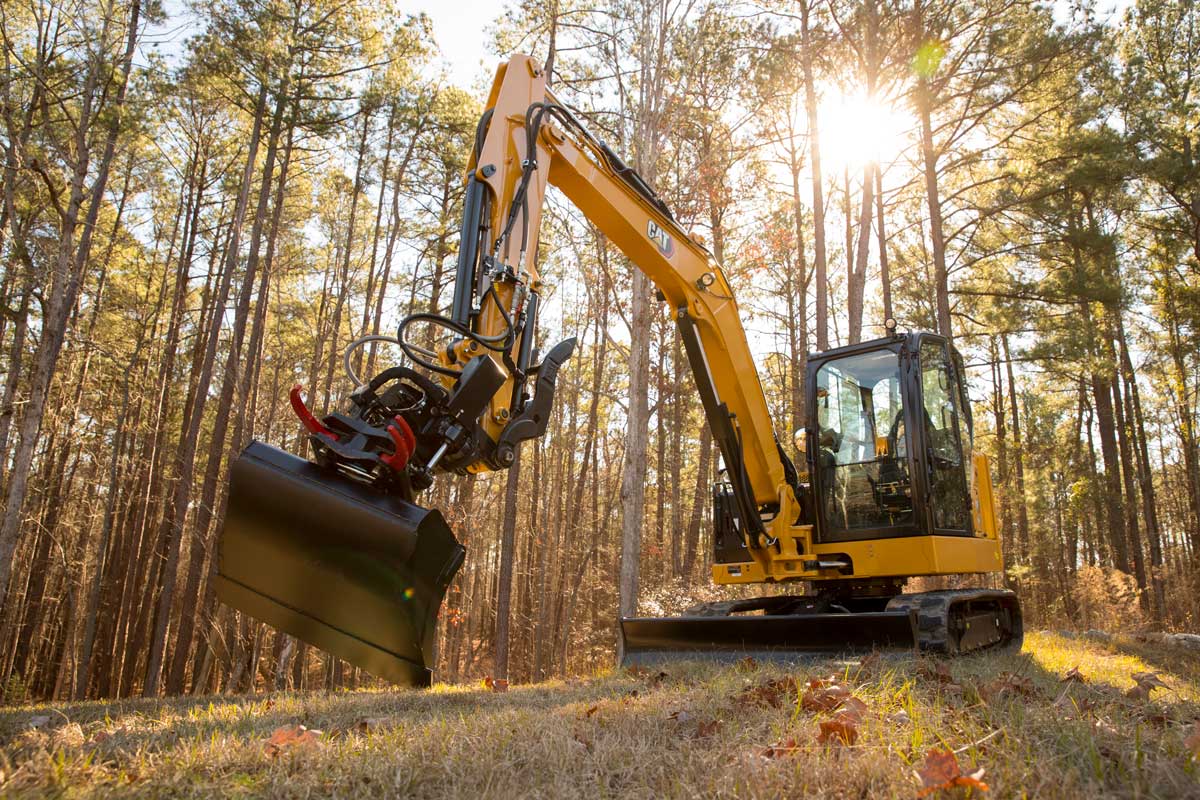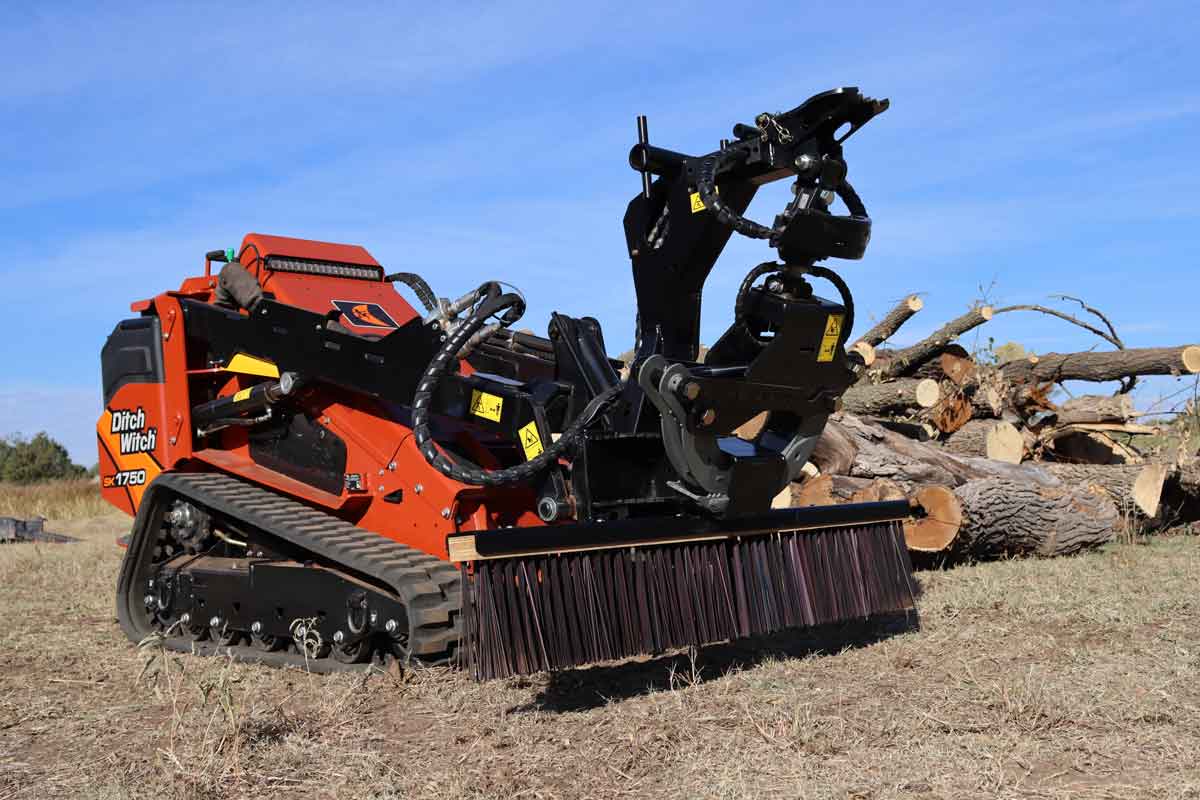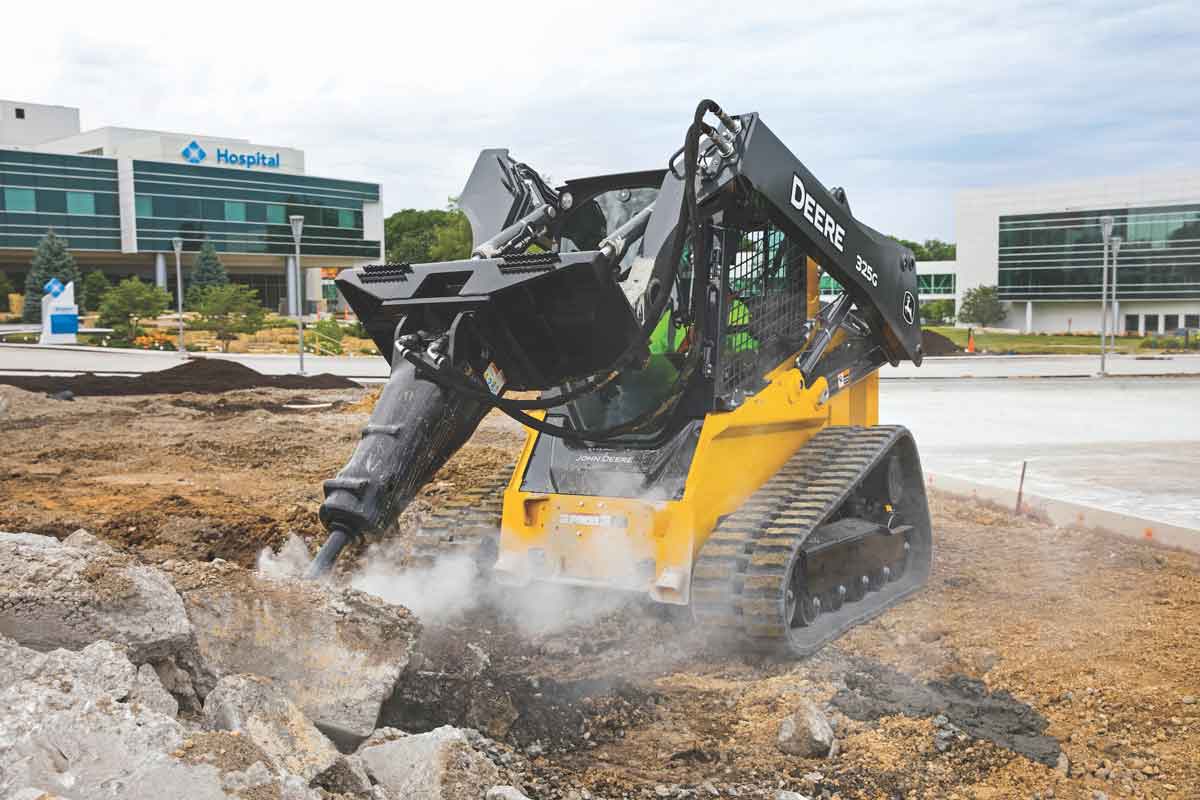A Mini Excavator Auger Attachment Guide for Owners and Operators
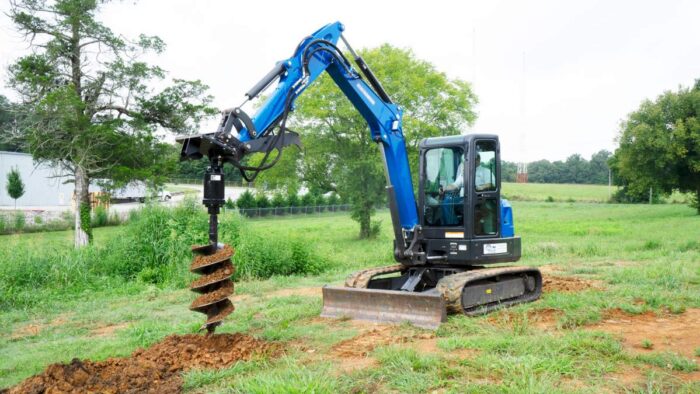
Maximizing a mini excavator’s potential requires more than raw power — it demands a measured understanding of attachment selection, application and operating technique. Augers are one of the most commonly used attachments for mini excavators, but their nuances are often overlooked and/or misunderstood. The following will explore some of the intricacies of auger attachments, helping business owners make informed decisions about selection, usage and best operating practices.
Understanding Auger Types and Applications
Auger attachments are more nuanced than many realize. Primarily, there are two main types that you will find on the market: drilling augers and anchor augers. For most mini excavator owners, drilling augers will be the primary focus, designed specifically for creating precise holes in various soil conditions. Anchor drives are geared up for much higher torque and are designed for driving helical piles. This leaves all the dirt in the hole and basically locks itself in for firming up a foundation or when you’re building a retaining wall.
The Basics
Standard drilling augers are typically configured as post hole diggers, engineered to create straight, consistent holes. Their performance depends on two critical factors: machine specifications and soil composition. When selecting an auger, owners must carefully consider their specific machine’s hydraulic flow, pressure and operating weight, as these elements play crucial roles in attachment performance. The type of ground being worked dramatically influences auger selection, with soft dirt allowing for faster drilling and increased productivity, while rocky or challenging terrain requires more specialized equipment.
Bit Selection: The Key to Effective Drilling
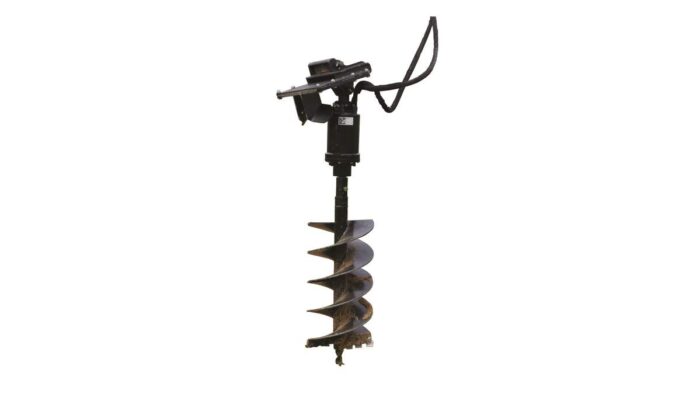
Auger bits are not one-size-fits-all. Understanding the different bit types can significantly improve drilling efficiency and reduce wear on your equipment. The market offers several categories of auger bits, each designed for specific applications. Entry-level bits feature bolt-on teeth that can wear down quickly in heavy commercial applications. While economical, they require more frequent maintenance. In contrast, heavy-duty bits with cast teeth tend to be the industry standard for most applications. These bits feature teeth wedged with rubber grommets, preventing loosening and allowing easier replacement. They offer stronger wear resistance, quicker tooth changing processes and enhanced durability in challenging conditions.
Specialized bits include rock bits, which are designed for extreme conditions and require substantial down pressure — around 3,000 lbs — and are typically too demanding for most mini excavators. Tree bits offer another unique solution, designed specifically for planting. These tapered bits create holes that accommodate root balls, with various stepped options to suit different tree sizes.
Are you curious about how to size and buy a rotary tiller for your tractor? We have the answers!
Selecting the Right Mini Excavator Auger Attachment
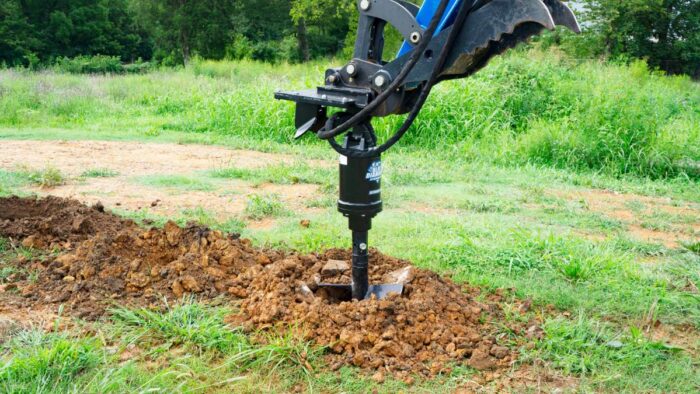
When approaching a dealer or rental company, buyers should come prepared with information about their machine specifications, anticipated soil conditions, hole diameter requirements, projected drilling depth and the frequency and intensity of intended use. Many fleet managers maintain multiple bit sizes to accommodate various job requirements. An 8-in. bit might work perfectly for fence posts, while an 18-in. bit could be necessary for larger installations like railroad ties.
Operational Best Practices
Experienced operators understand that proper technique is as important as equipment selection. Maintaining the auger shaft straight and perpendicular to the drilling direction is crucial. Angular movement can cause bent shafts, increased stress on the wear points of the excavator and potential catastrophic equipment failure and downtime. Another technique involves avoiding back-and-forth movements to remove the dirt from the auger bit. Instead, operators should use smooth, single-direction jumps to reduce motor strain.
Regional and Environmental Considerations
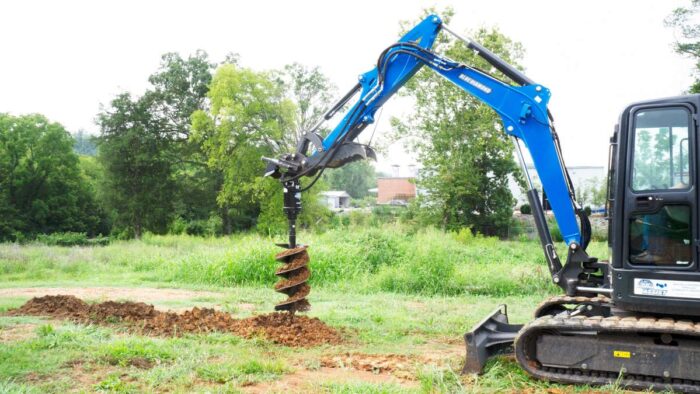
Drilling conditions are going to vary dramatically across different geographic regions. What works in soft Georgia clay might prove ineffective in rocky Southwestern terrain. Generally, operators can expect success with standard heavy-duty bits with cast teeth in soft to moderately rocky soil. These bits are designed to handle smaller rocks, and the hardened cast teeth will stand up to the abrasion. For solid rock conditions, specialized rock bits or alternative excavation methods become necessary.
Mini excavators do have some inherent limitations when it comes to auger attachments. Smaller machines may struggle with large diameter bits, extremely high-torque applications and deep or extremely challenging drilling conditions. A 48-in. auger, for instance, is not suitable for compact models, as the torque can flex the boom on smaller machines. The intended application should always be discussed with your equipment dealer.
Final Considerations for Mini Excavator Auger Attachments
Auger attachments offer a lot of versatility, but like any equipment, they require thoughtful selection and mindful operation. Investing the time to understanding specific application needs, machine capabilities and proper operating techniques will maximize equipment efficiency and ROI. At Blue Diamond Attachments, we always recommend consulting with equipment dealers, thoroughly understanding machine specifications, developing clear project plans, maintaining equipment properly and training operators in proper techniques. It’s also important to prioritize safety, so always follow OEM guidelines during installation and operation. By approaching auger attachments with knowledge and know-how, business owners can be sure that they have the right tool for the job and are maximizing their equipment investments.
Drew Truan is the chief operations officer of Blue Diamond Attachments.


